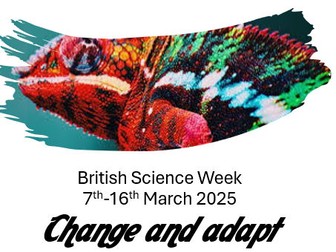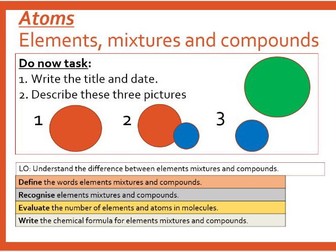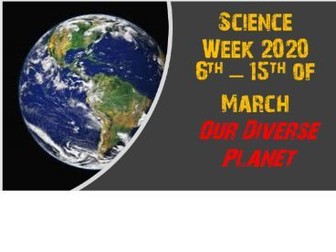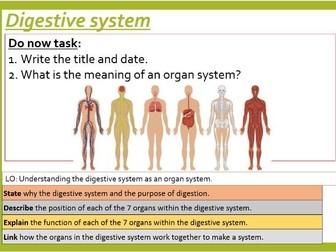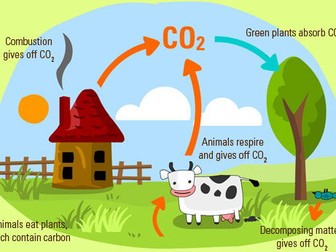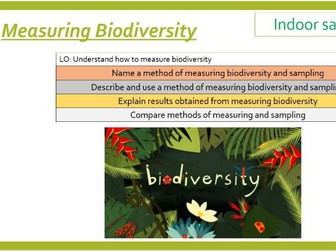British Science week Assembly 2025
British Science weeks theme “Adapt and change.”
An engaging, interactive Ks3/Ks4 assembly for British Science week 2025. Includes how to get involved in Science week and the resources available online. The Assembly focuses on the words change and adapt with games and examples. The take home message of the assembly is about how we are all changing and adapting constantly. The idea that change is hard and sometimes overwhelming is touched upon and tips are given on how to overcome change.
Slide 1: Title slide.
Slide 2: Science week “What is it.”
Slide 3: Definitions.
Slide 4: Camouflage as an adaption.
Slides 5-11: Guess the Camouflaged animal in the photo.
Slides 12-14: Optional 2 min videos on amazing animal adaptations.
Slides 15-19: The question is all change good. A little game where students point to vote if the image is a good or bad change.
Slides 20-32: Looking at how we are always adapting to the change in our lives. How it can be overwhelming and top tips to embrace change.
Slides 33-37: How to get involved in science week. Activities and webinars online.
Around 15 minutes but bits can be cut out to shorten if needed.
Picture slides have some explanation in the notes. All resources have web links.
